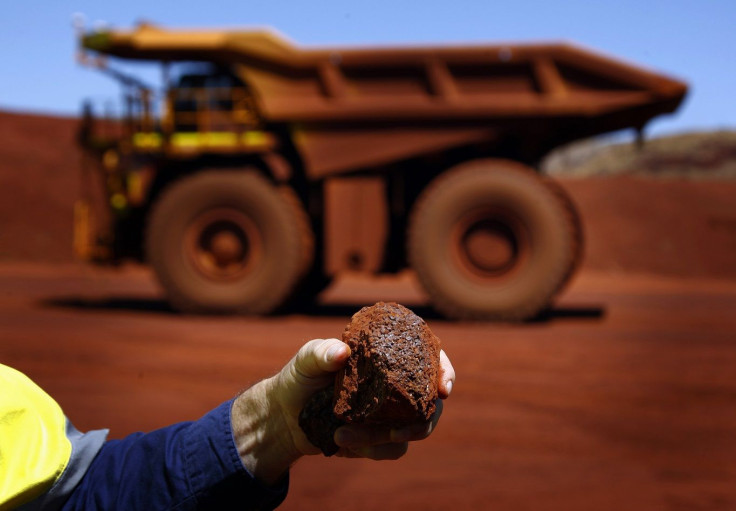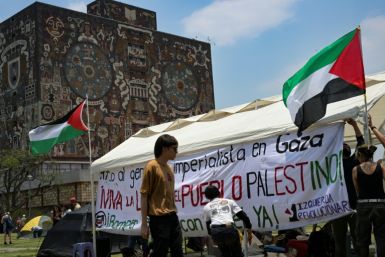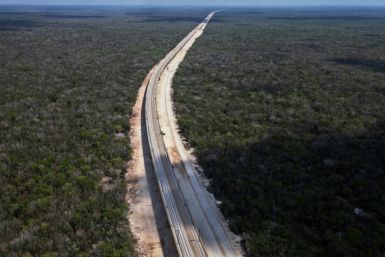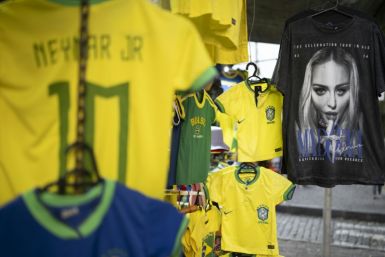Fortescue quarterly production report: Iron ore Q1 shipment flat

Fortescue Metals Group Ltd. released its quarterly production report on Thursday, reporting iron ore shipments of 41.9 metric tonne.
Fortescue’s strategies of reduced sustainable cost and increased operational efficiency altogether have prompted considerable price realisation, generating reasonable cashflows. This allowed Fortescue to buy back US$384 million [AU$526.99] of debt.
The report focuses on the following:
- C1 cost for September 2015 quarter amounts to US$16.90 (AU$23.15) per wet metric tonne
- From July to September, 41.9mt of iron ore have been shipped
- Price realisation is 91 percent, amounting to US$50 per dry metric tonne in comparison to the average of 62 percent Platts price of US$55 (AU$75.41) dry metric tonne.
- The company has US$2.6 billion (AU$3.56 billion) cash on hand on Sep. 30.
Mining, Processing and Shipping
- The total injury frequency rate of the company has been recorded at 5.2 for the third quarter of 2015, which is a bit more than what has been recorded in the previous quarter, with 10 percent visible improvement.
- As far as mining is concerned, the company has recorded 45.1 metric tonne of ore, which is seven percent more than the second quarter.
- The amount of removal of overburden has increased by 27 percent. During this quarter, the strip ratio was recorded as 0.9 at the Solomon Hub, while it is 1.4 average at the Chichester Hub, yielding a total average of 1.2.
- Collectively, all Ore Processing Facilities have shown an output of 40.9 metric tonne.
As far as the cash and debt factors are concerned, the net debt during the quarter was US$6.6 billion (AU$9.04 billion), including the cash on hand of US$2.6 billion (AU$3.56 billion). Also, the debt worth US$384 million (AU$526.18 million) was repurchased in market with 80 cents being the average price of dollar realising a gain of US$68 million (AU$93.24 million) prior to paying taxes.
Fortescue capital expenditure for the quarter was US$42 million (AU$57.59 million). However, in the financial year 2016, it is assumed that the capital expenditure needed will be around US$330 million (AU$452.46 million) excluding vessel funding.
“The results demonstrate Fortescue’s ongoing commitment to consistent, sustained high performance across the entire business,” Chief Executive Officer Nev Power said. “Our team is continuing to deliver sustainable cost reductions through an unwavering focus on optimising every aspect of Fortescue’s operations. This has resulted in production costs being driven lower for the seventh consecutive quarter, down by 47 percent compared to the September 2014 quarter,” he added.
The shipment at this quarter maintained the FY 2016 guidance with 165 metric tonne of ores transported. FY16 C1 cost guidance worth US$18 (AU$24.7) per wet metric tonne will be updated as soon as the half year results are released. Fortescue expects to exit this financial year with significant production cost, amounting to US$15 (AU$20.6) per wet metric tonne with respect to the exchange rate of 0.72.
Moreover, the cost of operation of the company relies on the US-Australian dollar exchange rate significantly. However, it can be figured out from the recent report that C1 is no more that sensitive where the exchange rate is concerned.
Contact the writer at feedback@ibtimes.com.au, or let us know what you think below.






